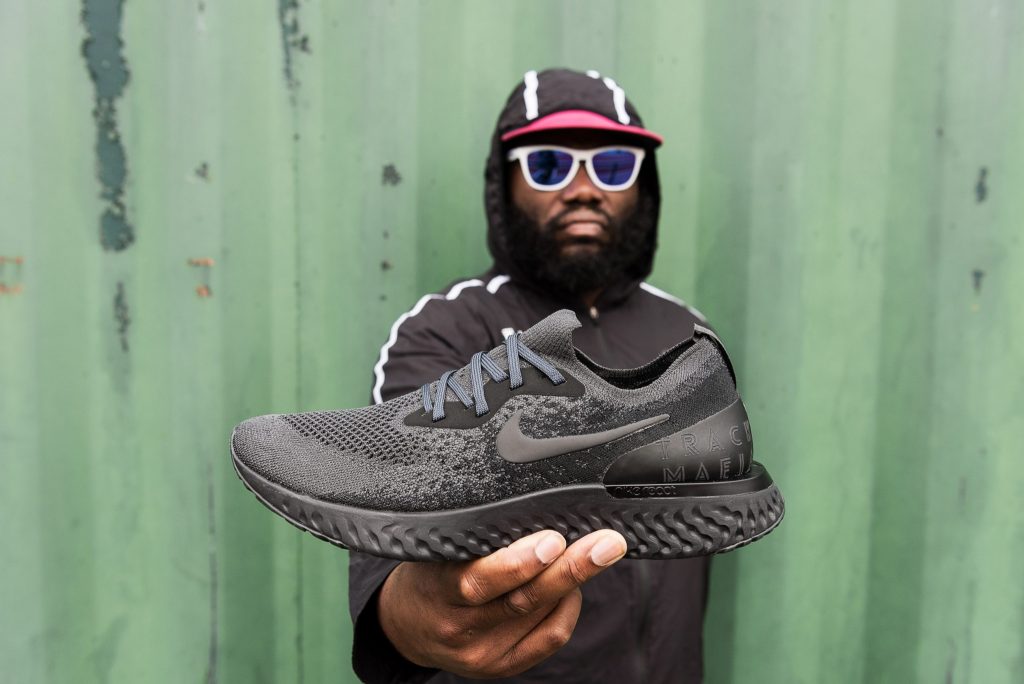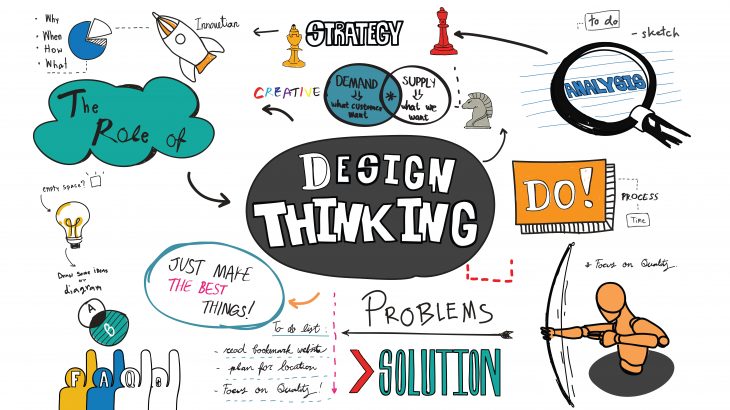Designs are the silent ambassadors of the brands! In today’s ever-evolving market, businesses need to be innovative, solve real problems, and prioritize their customers to stand out. Companies that invest in thoughtful design not only create visually appealing products but also craft compelling brand stories that resonate with customers. Design thinking offers that edge—a human-centred approach that empowers businesses to create truly meaningful and functional solutions.
So, how does design thinking contribute to building a successful business? Let’s explore that in this blog.
What is Design Thinking?
Design Thinking is a problem-solving approach that focuses on understanding users, building collaboration, and continuously refining ideas through iteration. Unlike traditional business strategies that rely heavily on data and linear processes, design thinking blends creativity, empathy, and analytical reasoning to develop innovative and effective solutions.
Design thinking is a business strategy that can drive innovation, improve customer experience, and create lasting competitive advantages. In a world where consumer expectations are ever-changing, businesses that prioritize human-centered design will continue to thrive. Let’s break down design thinking with a real-life example and walk through the steps.
Imagine you own a clothing brand, and you notice that while many customers love trendy fashion, they are also becoming more conscious about sustainability. However, they hesitate to buy eco-friendly clothing due to concerns about price, style, or durability. Instead of just marketing sustainability, you use design thinking to create a better experience.

- Empathize – You interact with customers and find that they want sustainable fashion but don’t want to compromise on style, affordability, or fabric feel. Many also worry about whether eco-friendly fabrics last as long as regular ones.
- Define – The core issue isn’t just sustainability awareness; it’s that customers need eco-friendly fashion that aligns with their expectations of trendiness, affordability, and longevity.
- Ideate – Your team brainstorms solutions such as offering stylish designs in sustainable fabrics, introducing a “Buy-Back” program for old clothes, or educating customers on fabric durability through interactive content.
- Prototype – You launch a limited collection using recycled cotton and bamboo fabrics, ensuring the designs match the latest fashion trends. You also introduce QR codes on clothing tags that let customers learn about the fabric’s lifecycle and care tips.
- Test – You track how customers respond. The new collection sells well, and customers appreciate the transparency in sustainability efforts. Based on feedback, you refine the material selection, expand styles, and introduce a discounted exchange program for worn-out pieces.
How Businesses Can Apply Design Thinking?
Design thinking bridges the gap between creativity and business strategy, making it essential for both business and design students as they prepare for future challenges in their fields.
Customers lead, we follow!
In its early days, Airbnb struggled to attract users because the property listings looked unappealing. Instead of focusing on marketing alone, the founders applied design thinking—they personally met hosts, identified poor-quality images as a major issue, and provided professional photography. This simple, customer-focused solution led to a dramatic increase in bookings and became a standard feature on the platform.
Success through Collaborations
When developing Flyknit technology, Nike brought together designers, engineers, material scientists, and athletes. Instead of working in silos, the team collaborated to create a lightweight, durable, and sustainable sneaker that fits like a sock. This innovative design resulted from cross-functional teamwork, blending performance, comfort, and sustainability.

Test, learn, and grow
Tesla continuously tests autopilot and self-driving features in real-world environments. Instead of waiting for a perfect solution, they launch beta versions, gather feedback from drivers, and refine the technology based on real-time data. This iterative approach ensures constant innovation while keeping user needs at the center.

Progress never stops
Google doesn’t launch a single version of its search engine and leaves it unchanged. Instead, it constantly refines algorithms based on user behavior, feedback, and new technological advancements. By embracing continuous iteration, Google maintains its dominance in the search industry.
Design thinking is at the core of our pedagogy at the ARCH College, shaping the way we approach education across all design disciplines. This approach encourages students to empathize with users, define challenges, and ideate solutions. It’s a mindset that blends user-centred design with practical application, allowing our students to develop solutions that are not only innovative but also impactful across diverse design fields.
If you are looking to pursue or are interested in design and business, join us to explore how design thinking can transform your approach to both fields. Whether it’s BBA in Design, Interior Design, Graphic Design, Jewellery Design, or Fashion Design, we are here to guide you to blend creativity with business insight for your entrepreneurial success.
